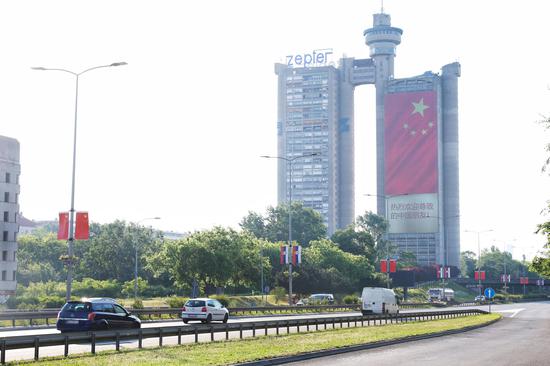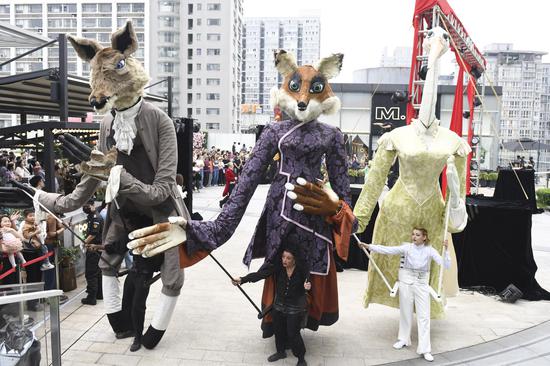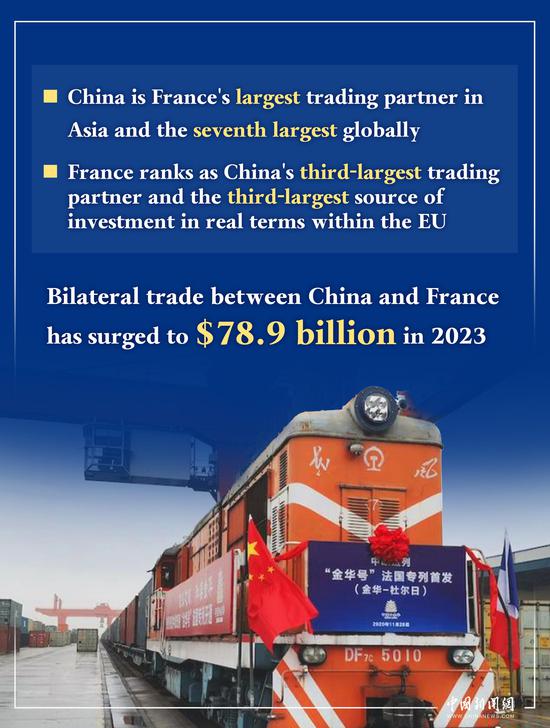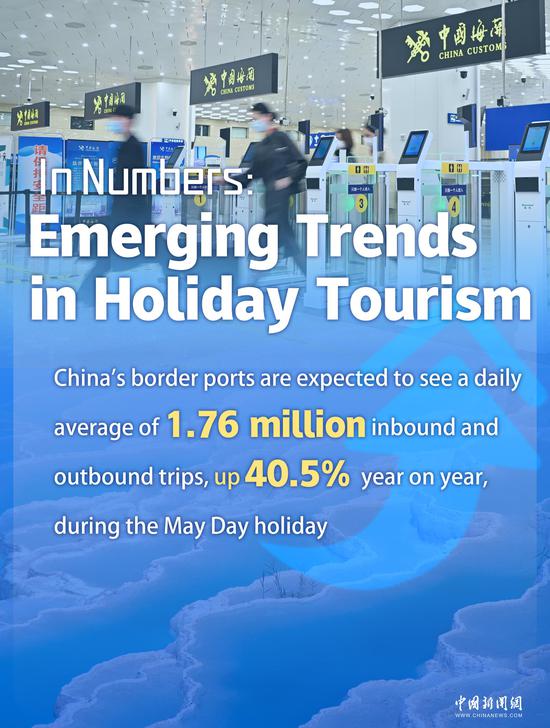
A luxury appraiser shares professional knowledge via livestreaming in Changchun, Jilin province, in March 2023. (ZHANG YAO/CHINA NEWS SERVICE)
For luxury products purchases, 53 percent of consumers made purchases from domestic brick-and-mortar stores, while 42 percent of the total transactions were made online, and 5 percent of consumers conducted such shopping overseas, said the UIBE report.
A strong luxury market has fueled the growth of China's secondhand luxury goods market, and it has grown to such a size that the potential value of all the products that could be traded could exceed 3 trillion yuan, said the Yaok Institute, a market research firm.
Zhang Zhigang, former vice-minister of the Ministry of Commerce, said the government, research institutions and the business community should utilize their respective strengths and specialties to lead the standardized development and healthy growth of the secondhand luxury goods market in China.
"If conditions mature, we hope the sector can integrate with the Chinese national high-end consumer goods market and contribute to the growth and circular development of Chinese high-end brands," Zhang said.
He added that China should foster more talent focused on secondhand luxury goods identification, improve the scientific and data-driven features of the identification process, and pay attention to the setting of standards.
In the pre-owned luxury goods market, concerns about authenticity remain the biggest issue affecting consumers' decisions, given the high unit price of luxury products. The healthy development of appraisal institutions has a crucial impact on the growth of the secondhand trading market, the report said.
In 2023, the number of secondhand luxury goods appraised by different institutions in China reached 10 million pieces, up 35 percent year-on-year, the report found.
"Louis Vuitton was the brand that recorded the highest number of identification demand in the handbag category last year, the most frequently transacted category, and Rolex tops the identification demand among watches," said Zhang Mengxia, director of Luxury China at the UIBE.
"During holidays such as Valentine's Day, Christmas and New Year, sales far exceed ordinary time, indicating that consumers would like to spend for emotional value. Retailers usually make good use of holidays for promotions and achieve significant business growth," Zhang said.
Last year, the trading volume of handbags accounted for half of the total secondhand luxury goods trading market, given their various styles and practical functions. It was followed by jewelry, clothing and footwear, which made up 17 percent and 14 percent of the total, respectively, the report said.
For secondhand luxury goods trading in China, total consumption volume was highest in Beijing last year. It was followed by Shanghai; Shenzhen, Guangdong province; Chengdu, Sichuan province; and Guangzhou, Guangdong, the report found.
Secondhand luxury consumers who live in first-tier cities accounted for more than 35 percent of the total nationwide, as they have a high recognition of secondhand luxury products and strong purchasing power.
Encouraged by the increasing development of online secondhand luxury trading platforms, smaller cities also become markets where platforms are seeking future growth. With a large population base, smaller Chinese cities boast growth potential in secondhand luxury products trading in the future, the report said.
Despite the fast growth of the secondhand luxury trading market in China, the penetration rate of the market is lower than 10 percent and still in its early stage of development. The figure is far below that of the U.S., Japan and Europe, though young Chinese consumers have shown an increasing appreciation for secondhand products.
Secondhand luxury trading platform Hongbulin said more than 70 percent of its users are both buyers and sellers at the same time. The business performance of the company last year was significantly better than expected, and both supply and demand of products showed continued growth.
"In this era of material development, people have been thinking about increasing the rate of recycling. Circular consumption is more in line with the consumption mindset of the younger generation, and it is increasingly becoming the new consumption trend," said Xu Wei, founder and CEO of Hongbulin.
"By leveraging advanced internet technologies, we would like to provide standardized services, manage the life cycle of products, and help consumers to shape more environmentally friendly consumption habits," Xu said.

















































 京公网安备 11010202009201号
京公网安备 11010202009201号